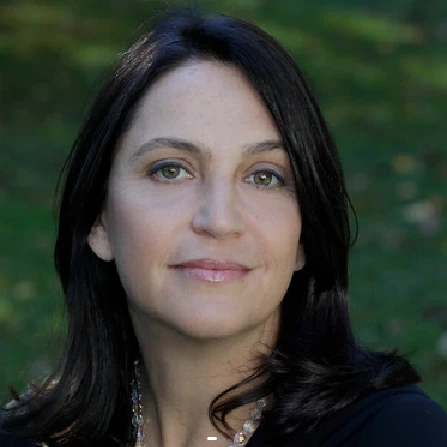Today we release our new research paper and the 2014 Global Findex dataset, an updated edition of the world’s most comprehensive gauge of global progress on financial inclusion. It’s based on interviews with almost 150,000 adults in more than 140 countries worldwide.
We have plenty to celebrate:
- Account penetration is deepening in every region. Sixty-two percent of the world’s adult population has an account, up from 51 percent in 2011, when the Global Financial Inclusion database (as it’s known formally) was launched.
- The ranks of the unbanked are shrinking Worldwide, the number of adults without an account tumbled by 20 percent, to 2 billion.
- Mobile money accounts — accessed via mobile phone — is powering Sub-Saharan Africa’s march toward financial inclusion. While just 1 percent of adults globally use a mobile account and nothing else, 12 percent of adults in Sub-Saharan Africa have a mobile account — versus just 2 percent worldwide. Of those adults in Sub-Saharan Africa with a mobile account, 45 percent rely on that account exclusively.
This progress means 700 million newly banked adults today enjoy fresh opportunities to provide for their families, save for the future, and manage financial risk — like saving money to cover an emergency.
We want to thank our partners at Gallup Inc. and the Bill & Melinda Gates Foundation for their continued support. Thanks to their help, we now know more than ever about how adults use their accounts. The 2014 Global Findex includes more detailed questions about mobile money. It also features an extended module on domestic payments, revealing that more than 65 percent of account users in developing countries use their accounts at least three times a month — to save, or to make or receive electronic payments.
Still, the updated Global Findex reminds us that governments and businesses need to do more to expand financial inclusion, particularly among women and the poor:
- The worldwide gender gap is stuck at 7 percentage points, exactly where it was three years ago. Fifty-eight percent of women have an account versus 65 percent of men.
- More than half of adults in the poorest 40 percent of households in developing countries remain unbanked, even after account penetration among this group increased by 17 percentage points.
The path forward isn’t a mystery. The updated Global Findex shows that digitizing government transfers (like unemployment benefits), payments for agricultural goods, and private sector wage payments could remove hundreds of millions of adults from the ranks of the unbanked. There are also plenty of opportunities to improve the ways in which existing account holders use their accounts. For example, 1.3 billion adults with an account in developing countries still pay their utilities bills in cash.
Our update of the original 2011 Global Findex leaves us hopeful that we’ll be back with more good news when the next update goes live, in 2017.
In the meantime, we invite media representatives and researchers to contact us with any queries you may have. And Follow us on Twitter @globalfindex.
Reference:
Demirguc-Kunt, Asli, Leora Klapper, Dorothe Singer, and Peter Van Oudheusden, “The Global Findex Database 2014: Measuring Financial Inclusion around the World” World Bank Policy Research Working Paper No: 7255.



Join the Conversation